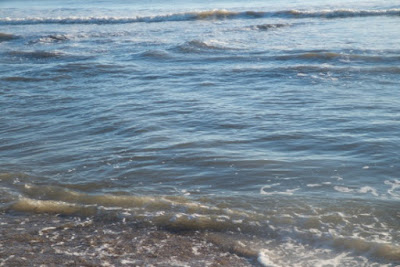Whopper Sand and the Genesis Flood
Whopper Sand does not refer to what happens to your burger at the beach, but instead, it is a large area of sediment in the Gulf of Mexico. Uniformitarian geologists were not too keen on looking in that area, and when it was finally investigated, oil reserves were discovered. But they do not know how all that sand and other inexplicable materials got there.
Secular geologists kind of waved off the deposits with inadequate explanations. Now the puzzle is getting worse, what with oil companies making discoveries and all. The deposits are much larger than believed, and how far they go has yet to be determined. Once again, secular geology is weak at adequately interpreting what has been found, but creation science Genesis Flood models have a far more satisfying explanation. Unfortunately for secularists, the Flood also indicates a young earth.
 |
| Credit: RGBStock / Roger Kirby |
In the U.S. Gulf Coast region, the Upper Jurassic Norphlet Sandstone rests right on top of thousands of feet of Middle Jurassic salt, known as the Louann Salt. Secular geologists believe this sandstone layer was deposited by the windblown accumulation of sand in an arid environment. These kinds of deposits are commonly called aeolian deposits.To read the rest, click on "More Whopper Sand Evidence of Global Flood". ADDENDUM: I saw this more in-depth article related to this subject after this was posted, and would like to recommend it: "Receding Floodwaters Buried Deep-Sea Oil".
Secular scientists never address or explain exactly how this claimed desert deposit supposedly formed across much of the offshore Gulf of Mexico region and came to lie directly on top of thick salt beds. And recent discoveries in deep water make this interpretation even more improbable as the sand layer is far more extensive than originally thought.